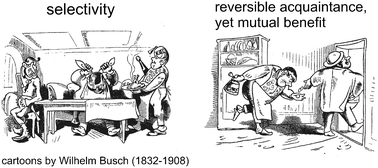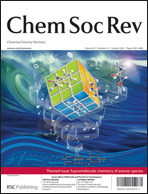Hosting anions. The energetic perspective†
Abstract
Hosting anions addresses the widely spread molecular recognition event of negatively charged species by dedicated organic compounds in condensed phases at equilibrium. The experimentally accessible energetic features comprise the entire system including the

- This article is part of the themed collection: Supramolecular Chemistry of Anionic Species

 Please wait while we load your content...
Please wait while we load your content...